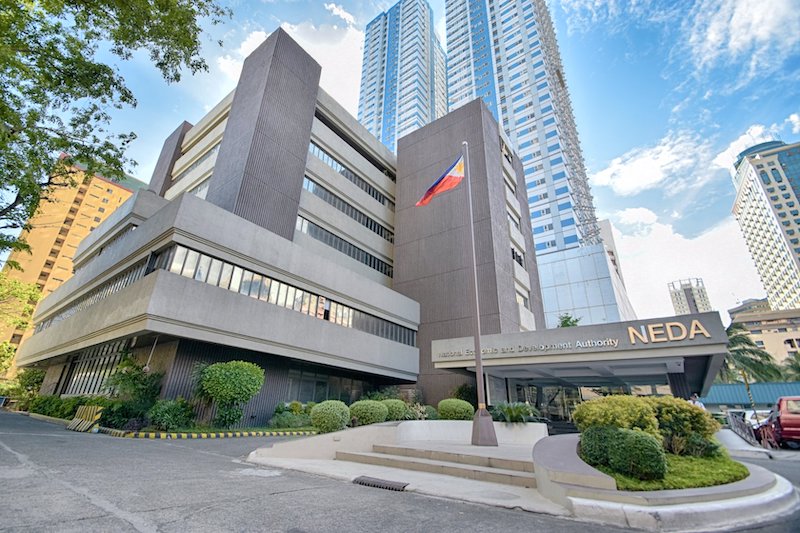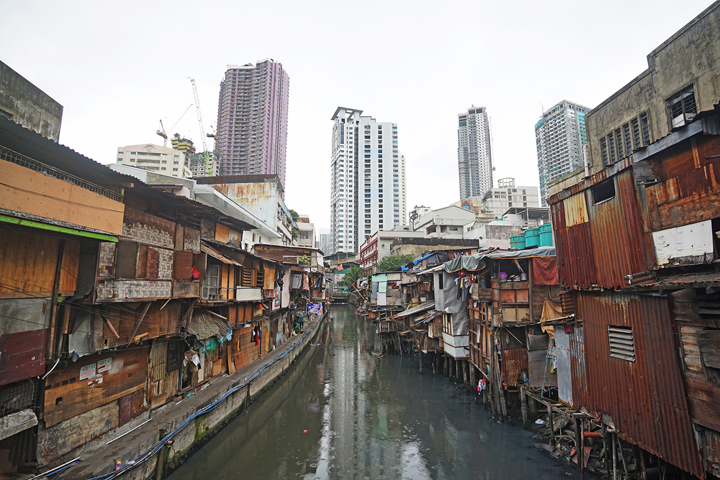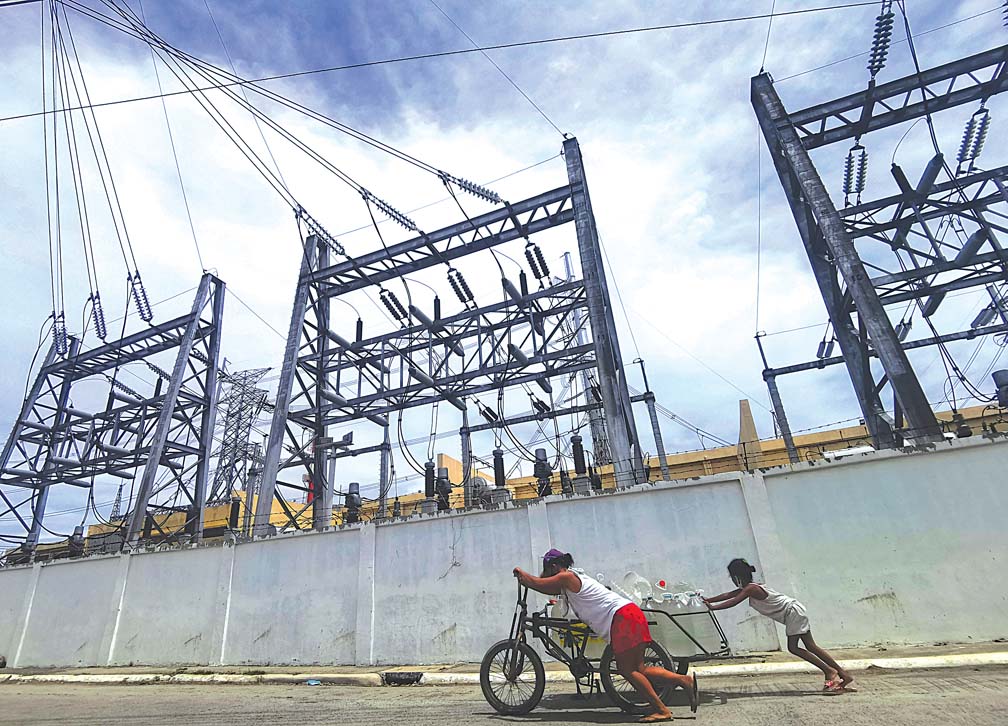MOST banks in the Asia-Pacific region can withstand the financial shocks brought by the coronavirus disease 2019 (Covid-19) pandemic, S&P Global Ratings said.
“In our base case, we expect that most banks in Asia-Pacific will absorb the hits from Covid-19, and start to recover by the end of 2021,” the debt watcher said.
In the Philippines, analysts agreed that the local financial system is well-capitalized to endure the pressure from this crisis.
Preliminary data from Bangko Sentral ng Pilipinas (BSP) show that the banking sector has capitalization amounting to P2.37 trillion as of May. This translates to a capital adequacy ratio of 12.62, which is above the regulatory requirement, for the same period.
However, S&P said this does not shield the banking industry from increased credit losses, lower earnings and other heightened risks amid the pandemic.
“The extent of defaults from borrowers, and banks’ credit losses, will become clearer when governments unwind fiscal support, and banks end their loan repayment moratoriums,” said Sharad Jain, a credit analyst at S&P Global Ratings.
Jain is expecting “most institutions in the region will show a multifold rise in credit losses and a sharp drop in earnings in the next two to three years due to the Covid-19-induced economic downturn.”
BSP data show that gross nonperforming loans (NPL) of the local banks reached P262.68 billion in May, which is 20 percent more than the P218.89 billion notched in the same period last year.
This is already 47.19 percent of the estimated amount of bad loans computed by BSP for this year. The Central Bank in May said the financial system is expected to book P556.6 billion worth of NPLs in 2020 amid the economic downturn.
S&P said it has already taken 50 negative rating actions on banks in the second quarter, adding it may downgrade more.
The debt watcher stressed that its ratings are dependent on the economic condition of the region.
S&P sees the Asia-Pacific economy normalizing only by 2023, noting that the region is expected to lose $2.7 trillion of economic output until next year.
“The main risks are that the pandemic lasts longer and is more severe than we now estimate, and that no vaccine or treatment will be available before the second half of 2021,” it explained.
Image credits: Bernard Testa

































